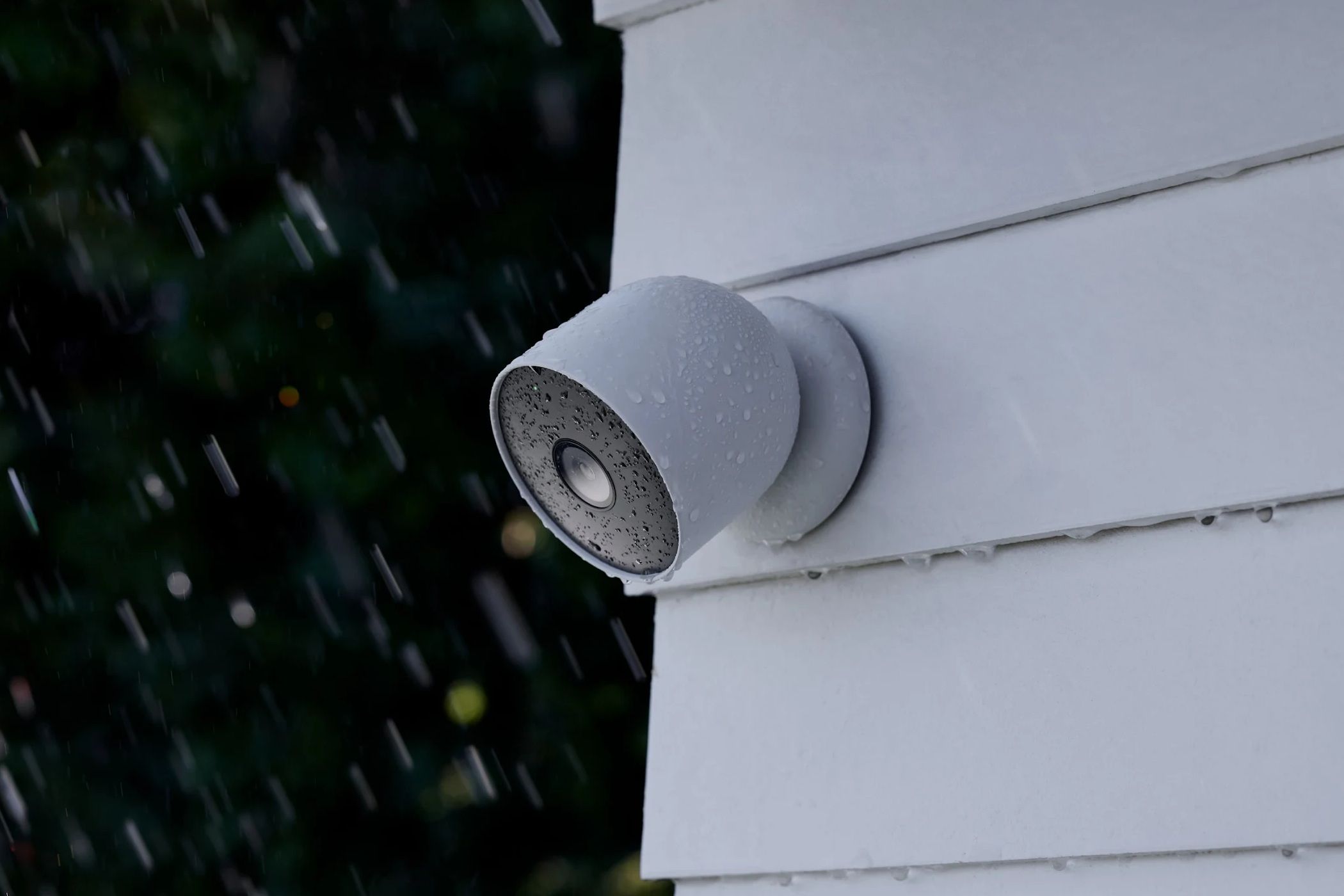Google has announced that it will stop making its Nest Protect smart smoke and carbon monoxide alarm. This is a significant change for the company’s venture into home safety, but not the end.
Google states that it is shifting its strategy to create a more inclusive smart home platform that works with devices from all manufacturers. This approach is meant to let others in the smart home industry make the hardware instead of just Google. Google says this change is necessary to adapt to changing customer needs and stay competitive in the fast-growing market.
Current Nest Protect users don’t have to worry; Google said their devices will continue working as intended until they expire. These monitors tend to expire about ten years from the manufacturing date for second-generation models. Importantly, Google promises to provide ongoing security updates for all existing Nest Protect units. This will make sure they remain safe until they finally expire.
Although Google will stop making new units, existing stock can still be purchased from the Google Store and other retailers. There was no mention of how many were left in the report, just that they would be available “while supplies last.” This means anyone can buy replacements for expired devices or just have more smoke and carbon monoxide coverage in their homes for now.
Users of Nest Protect will need to transition from the Nest app to the Google Home app. While functionalities will be available in the preview version of the Google Home app, full integration is expected for all users in the coming weeks. This shift will bring Nest Protect under the broader Google Home ecosystem, making it easier to manage and control alongside other smart home devices.
To fill the gap left by the Nest Protect, Google is collaborating with First Alert to launch the First Alert Smart Smoke & Carbon Monoxide Alarm. This replacement will be priced at $129 and has many of the features Nest Protect offers. These features include remote silence, remote self-testing, Heads-Up early warnings, and voice alerts indicating the location of potential threats.
On top of that, the First Alert alarm integrates smoothly with existing Nest Protect units through Google’s Weave/Thread protocol. So there’s no need to worry about it being weird to set up. All alarms in this network will share alerts and warnings, increasing home safety coverage. Users can manage alerts and notifications via Wi-Fi through the Google Home app.
In addition to stopping sales of the Nest Protect, Google is also discontinuing sales of its Nest x Yale smart door lock. Existing locks will continue to receive software and security updates. Google is again partnering with Yale to offer a replacement, the Yale Smart Lock with Matter, designed to work with Google’s Nest doorbells. This new lock will support Matter and Thread technology and be compatible across various smart home platforms.

Related
All Nest Cams Are Now In The Google Home App
The old Nest app might finally be ready for retirement.
Google’s collaboration with Yale Locks and First Alert seems to be how the company will handle these safety devices moving forward. It may be cheaper or easier to outsource the making of the hardware and for Google to focus on making the software behind the systems. This is a lot like how many manufacturers sometimes buy specific parts from other countries; the price of creating against buying can make a big difference.
Although Google no longer makes these specific devices, it will invest heavily in the market. This pushes Google’s strategy to focus on a more platform-based model that allows different manufacturers to connect within its smart home ecosystem.
Sources: Google, Yale Locks, The Verge


